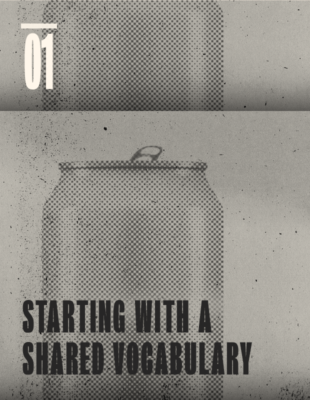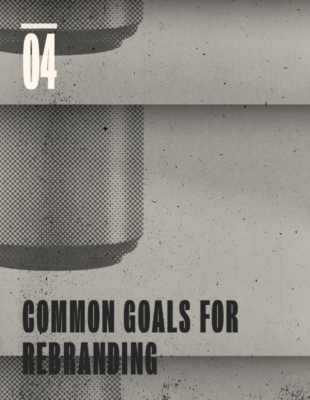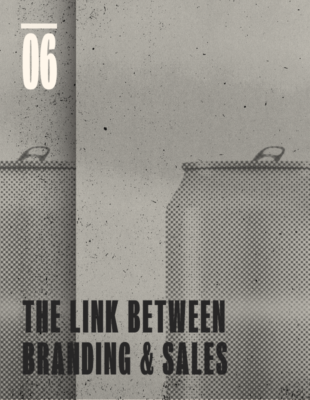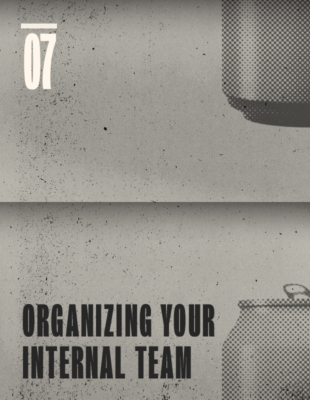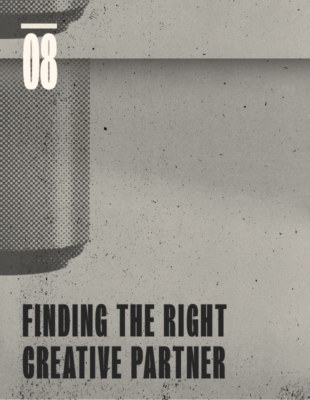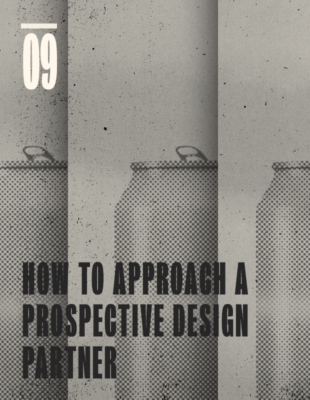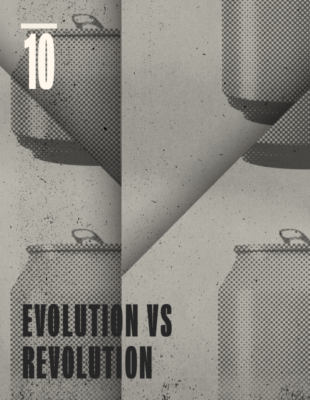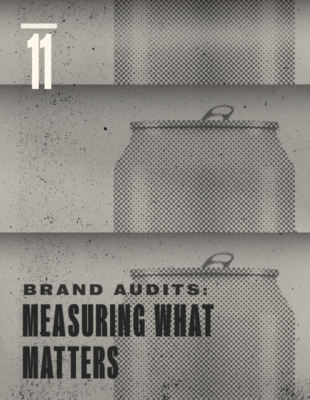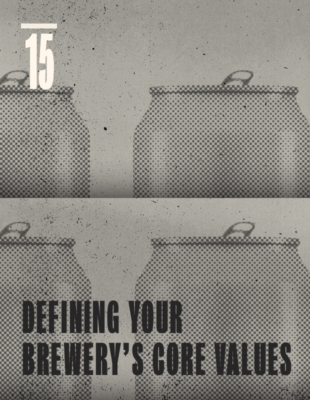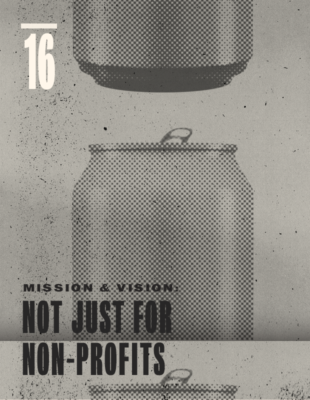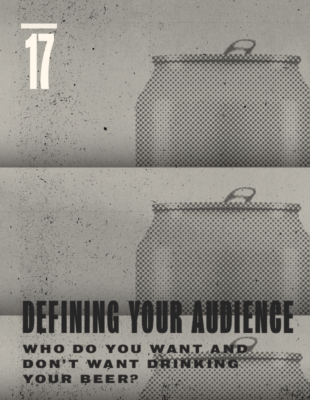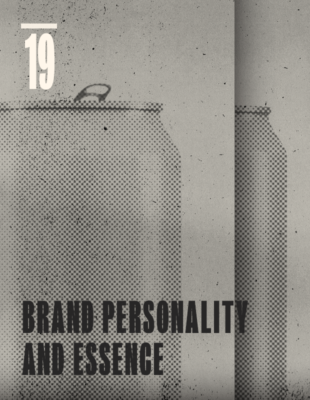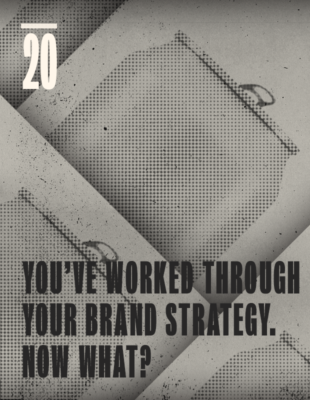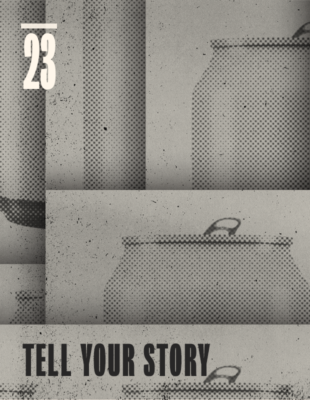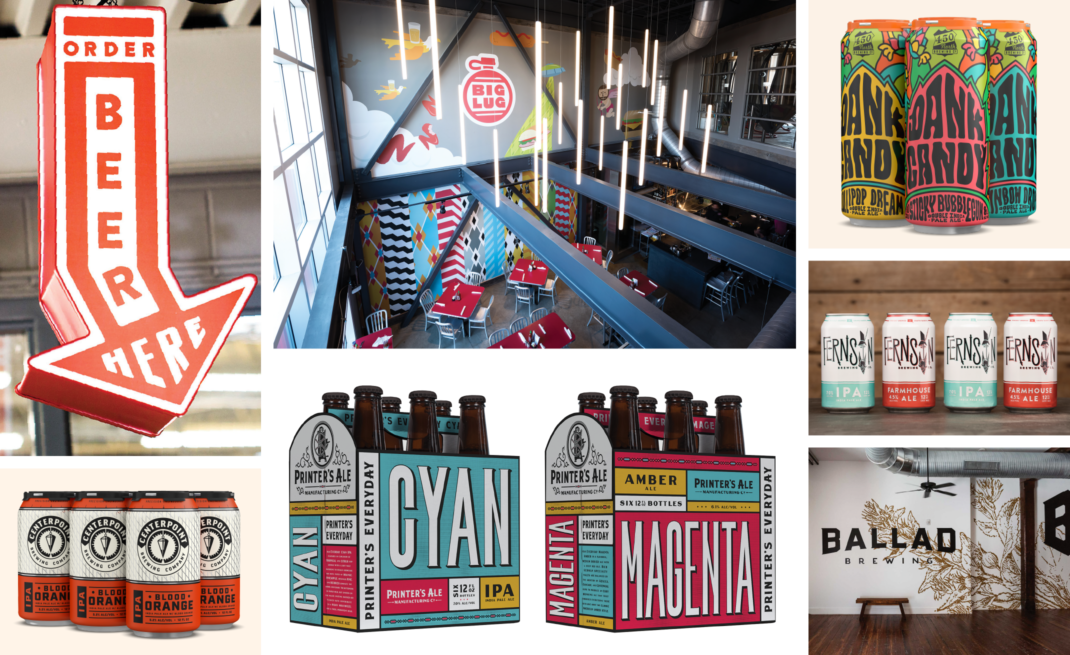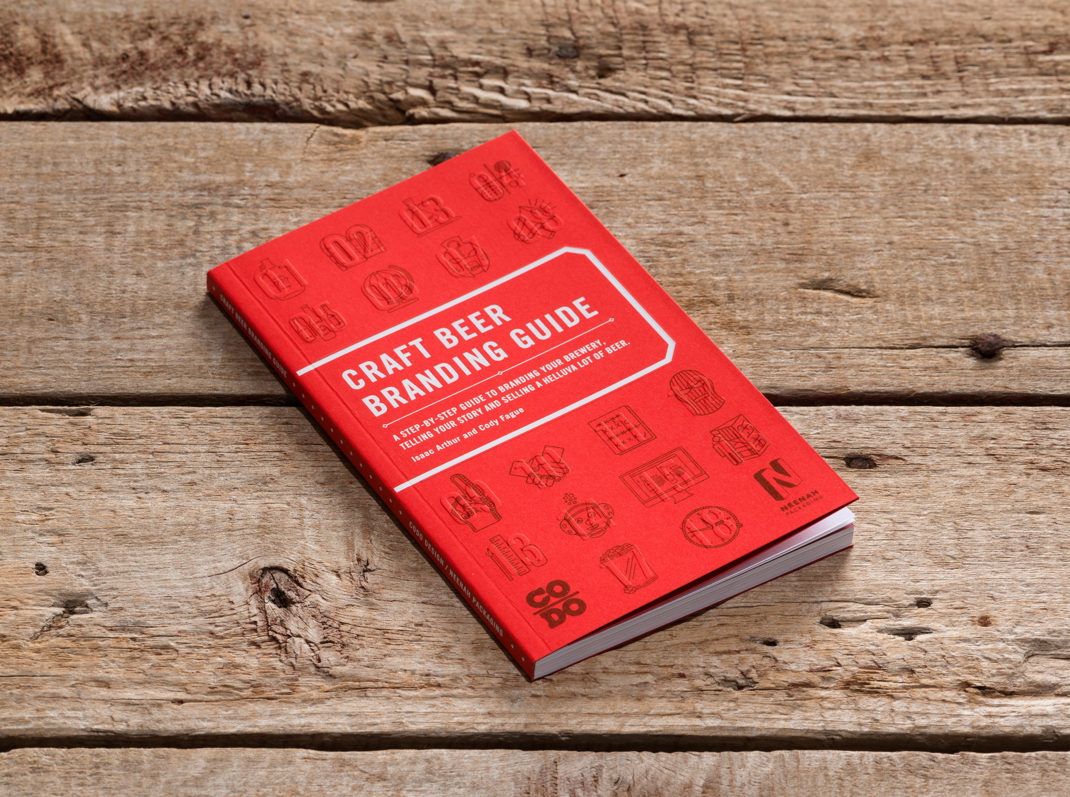We had been talking to one of two partners in the venture and everything was sounding great. Budget, timeline and deliverables were all reasonable and within our wheelhouse. And again, beer. So we put together a proposal and met to walk him and his partner, whom we were meeting for the first time, through our plan. And somewhere between shaking hands and ordering a round of beers, the guy that we had just met casually said something that I still think about (and laugh at) to this day, “Branding is for breweries who don’t know how to make great beer.”
Dramatic pause… and spoiler alert, we didn’t end up working with these gentlemen. Double spoiler alert, they never even opened their brewery.
I laugh because of how he so arrogantly shit on us, dismissing our carefully crafted proposal before we could even present it. Granted, Cody and I were fresh out of college and new to running a branding firm (so having someone abruptly check us wasn’t necessarily a bad thing). Now that enough time has passed for me to set aside my bruised ego, I realize that, back then at least, he might have had a point. When we founded CODO in 2009, brewery branding wasn’t as important as it is today. When there weren’t that many craft breweries, you could get along just fine by hanging your hat on being “local” or “fresh” or some other now overused qualifier. But that was then.
In the year 2000, there were about 1,500 breweries in the United States. In 2010, that number rose marginally to around 1,800. Then, everything changed. By 2019, that number had swelled to more than 7,500. Once novel, craft beer has steadily become mainstream, claiming a sizable share of the U.S. beer market (and it continues to grow even as the overall beer category is shrinking due to competition from wine, spirits, and, depending on who you talk to, cannabis.
